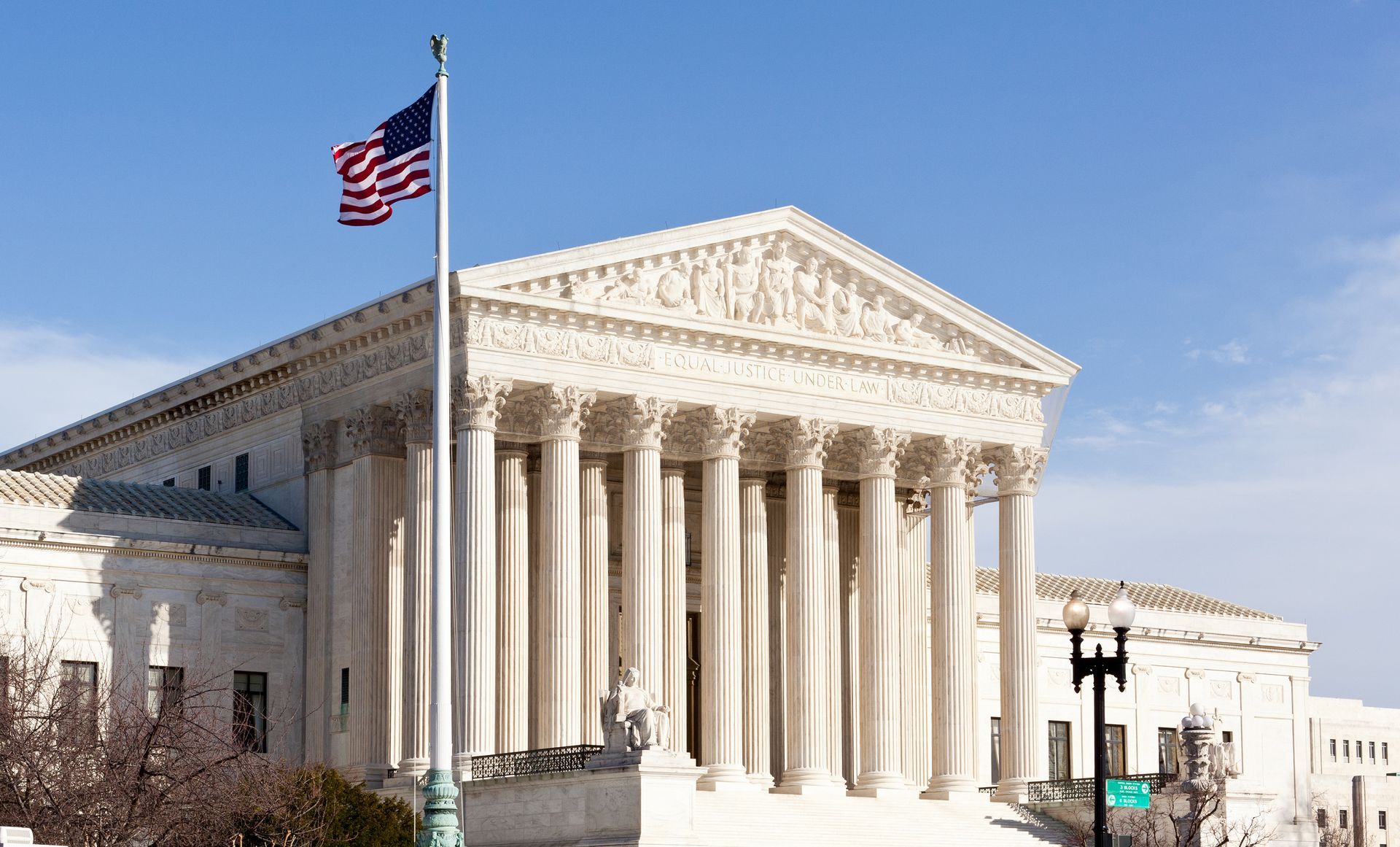The Second Amendment Wins Again
Robert Burgess • June 19, 2024

In a significant decision that underscores the ongoing battle over Second Amendment rights, the Supreme Court struck down an unconstitutional ban on bump stocks – devices that allow semi-automatic firearms to fire more rapidly – late last week. In the case of Garland, Attorney General, et al. v. Cargill, this ruling marks a crucial victory for gun rights advocates and sets a precedent for future firearm-related legislation.
Bump stocks became a national issue following their use in the October 1, 2017, Las Vegas shooting. This tragedy was perpetrated by Stephen Paddock of Mesquite, Nevada, and ultimately resulted in over 55 people losing their lives and over 500 receiving injuries.
In response to Mr. Paddock’s actions, the Bureau of Alcohol, Tobacco, Firearms, and Explosives (ATF) reversed its previous ruling and classification of bump stocks. It reclassified them as machine guns, effectively banning them through Executive rulemaking rather than by legislative action through Congress. This move was met with legal challenges, culminating in the Supreme Court's decision to overturn the ban nearly seven years later.
The case was heard by the current Supreme Court, which has a 6-3 conservative majority, on a Writ of Certiorari to the United States Court of Appeals for the Fifth Circuit. After the ATF reclassified bump stocks as machine guns, owners were ordered to destroy or surrender them to avoid criminal prosecution. Michael Cargill, who surrendered two bump stocks under protest, filed a lawsuit challenging the reclassification under the Administrative Procedure Act. Initially, the District Court ruled in favor of the ATF, and the Fifth Circuit Court of Appeals affirmed this decision. However, the Fifth Circuit reversed its ruling after a rehearing en banc. The Supreme Court then reviewed the case and ultimately struck down the ban, with the conservative justices forming the majority.
In writing the opinion for the majority, Justice Clarence Thomas emphasized the importance of adhering to the clear text of the law and protecting individual rights under the Second Amendment. He wrote, "The statutory text is clear, and it is not the role of the executive branch to rewrite laws to fit a particular policy agenda. The Constitution and the laws passed by Congress must be respected and upheld as written."
Justice Samuel Alito echoed this clear and concise condemnation of Executive Branch overreach and legislating through rulemaking in his concurring opinion. He highlighted the need for legislative clarity and criticized the ATF's overreach. He stated, "When Congress enacts a law, it is imperative that its intent is followed as written, without unauthorized interpretations by executive agencies. This decision reinforces the principle that lawmaking is the responsibility of the legislative branch, not bureaucrats."
The ATF's 2017 reclassification of bump stocks relied partly on Chevron Deference, a legal doctrine granting federal agencies the authority to interpret ambiguous statutes. However, this doctrine has been controversial, particularly among conservatives, who argue it allows for executive overreach and undermines the legislative process.
In a previous article, my colleague Ryan Parada discussed Chevron Deference in detail after this Supreme Court heard arguments about it, highlighting its impact on regulatory actions and the importance of judicial oversight.
So, what are the implications of the Supreme Court’s decision, and what does it mean for Second Amendment advocates today?
This decision reaffirms the importance of protecting Second Amendment rights against Executive Branch overreach from a 30,000-foot level. The Supreme Court has signaled its commitment to upholding constitutional freedoms by overturning the ATF's ban. This ruling also underscores the necessity of respecting the clear text of the law and the rights it guarantees to individuals.
This ruling also sets a legal precedent that could influence future cases involving firearms and regulatory measures. It demonstrates the Supreme Court’s commitment to relying on action by the Legislative Branch rather than supporting the Executive Branch’s reinterpretation of existing laws. Through its decision, the Supreme Court emphasizes that significant regulatory changes should come from and through Congress while calling for a more transparent and accountable legislative process.
This decision will most assuredly energize the conservative base – particularly among gun rights advocates – at a time when liberal democrats do not necessarily want conservative voters to be energized: a Presidential Election Year. The decision also pressures lawmakers to address firearm regulations (whether the creation or abolishment) through the legislative process rather than relying on the Executive Branch agencies. This significant shift could lead to more robust and democratically accountable debates on this topic and other contentious issues.
Lastly, the ruling by the six conservative justices previews how they might consider future challenges to regulatory agencies' authority to make significant policy changes without congressional authorization. Hopefully, this decision forces Executive Branch agencies to self-police, limit the scope of their actions in the future, and rely on Congress' lawmaking responsibility.
The Supreme Court's ruling is a victory for individual liberties and a check on government overreach. It emphasizes the importance of adhering to the Constitution and reinforces the principle that changes to significant regulations should come through elected representatives, not bureaucratic decisions. Striking down the bump stock ban is a critical affirmation of Second Amendment rights. It serves as a reminder of the importance of judicial oversight in protecting individual freedoms and highlights the ongoing need for vigilance in defending constitutional principles.
Rob Burgess is a national Republican strategist and Chief Executive Officer at Connector, a boutique government relations and political affairs firm with offices in Washington, D.C., and Dallas, Texas.
